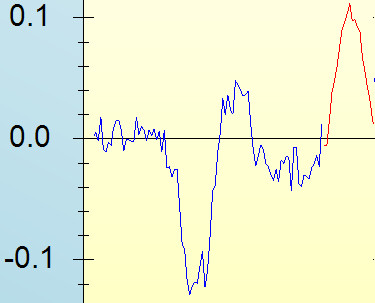Also welcome is the Bank's stated intention 'not to raise Bank Rate from its current level of 0.5% at least until the ... unemployemnt rate has fallen to a threshold of 7%' (subject to certain conditions on inflation and financial stability, p.7). This should provide sufficient certainty to ensure that market rates of interest are anchored, allowing, for example, lenders to offer longer term loans at fixed, low interest rates, and thus boosting the economy.
Under such conditions of stable and low interest rates, the Bank expects unemployment to fall gradually from its current level of 7.8%, reaching 7% around the middle of 2015. It should be noted, however, that 7% remains a couple of percentage points above the Bank's own estimate of the long run equilibrium (p.29). There remains a lot of slack in the economy.

